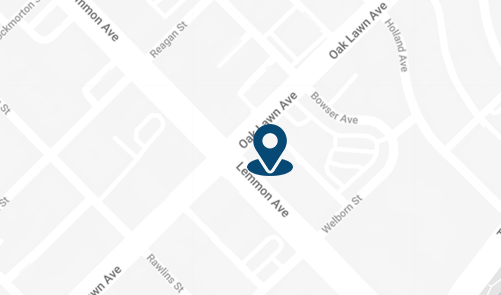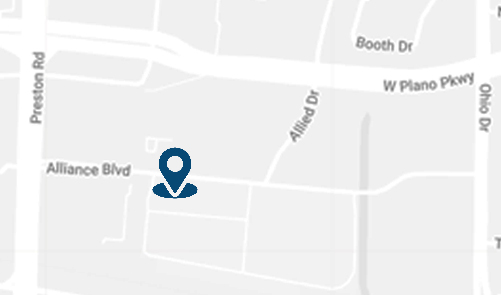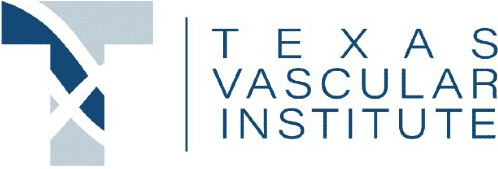By: Dr. Dev Batra | 01.29.23
Vein disease is a progressive condition. Fortunately, it has telltale symptoms at each of the stages. Therefore, it’s essential to know the signs so you’ll know when to get medical help.
At Texas Vascular Institute, serving Dallas and Hurst, Texas, our board-certified interventional radiologist Dr. Dev Batra diagnoses and treats all forms of venous disease. If you have the following signs of venous disease, it’s time to come in for an evaluation and treatment to prevent your condition from progressing.

How veins work
Your circulatory system has two parts. The first is the arteries, which carry oxygen and nutrients to all the body’s tissues. The second is the veins, which carry deoxygenated blood back to the heart and lungs. Veins, though, have a harder time with their job because they have to move blood against the pull of gravity.
Your body has devised two ways to help blood flow. First, the calf and thigh muscles contract to force the blood forward. Second, veins contain a series of one-way valves that close once blood flows through.
However, if the vein walls weaken or the valves become damaged, blood can flow back to the lower limbs, pooling around the weakened or damaged area. A significant cause of both weakening and damage is high blood pressure, and the state of sluggish flow is known as venous insufficiency (VI).
If you don’t treat the underlying problem, the condition turns chronic (CVI). Chronic venous insufficiency affects about 40% of United States adults. It’s possible for CVI’s manifestations to be simply cosmetic, but they may also lead to pain, aching, swelling, and later stages of vein disease that are quite serious. That’s why it’s so essential to get prompt treatment.
The signs of venous disease
As we’ve mentioned, the first stage of vein disease is CVI, where blood flow becomes sluggish and blood pools in the damaged vein. It may be accompanied by skin changes, an aching “heaviness” in the ankles and lower legs, and itchy, flaky skin.
Spider veins are widened reticular veins (small, rope-like veins) that form in web-shaped patterns on the skin’s surface where the venous pressure stresses the vein’s wall. They’re common on the lower legs and the face. While they’re not medically dangerous, they’re a sign of underlying disease.
As the pressure within the veins increases, spider veins can give way to varicose veins as the larger surface veins become affected. Varicose veins are immediately identifiable as large, ropy, and colored swellings on the leg, the product of engorged veins. Other than being an eyesore, they can cause the same symptoms as CVI. They can also lead to deep vein thrombosis (DVT), a much more serious condition that causes a blood clot in a deep leg vein.
The stress on the vein walls also causes the veins to leak into the surrounding tissue, causing edema (swelling) in the area around the weakened vein and leading to itching and burning sensations. In addition, the leg may be warm to the touch, tender, and may dimple.
If left untreated, the edema can change the skin’s appearance over the affected veins, a condition known as venous stasis dermatitis. Most often, you’ll see a brownish-red discoloration around your lower legs and ankles, often called “cayenne pepper spots.” The discoloration comes from hemosiderin, a breakdown product of the blood’s hemoglobin, which transports oxygen. The skin may also become thickened, shiny, or scaly.
As venous stasis dermatitis progresses, it can lead to venous ulcers — open sores surrounded by discolored or hardened skin on the lower leg or ankle. It may leak blood and pus if it becomes infected. And while the sore is relatively painless, you may experience a great deal of pain from related edema or infection.
The biggest problem with these ulcers is they’re slow to heal, which leaves them ripe for infection, especially for people with diabetes. More than 80% of lower limb amputations start with a foot ulcer.
If you have any signs of vein disease, it’s time to make an appointment with Texas Vascular Institute for a complete evaluation with Dr. Batra. Give the office a call at either of our locations or book your appointment online today.

Read more blogs
Why Are My Veins Blue?
Wondering why your veins look blue under your skin? Learn the science behind vein color, how light affects what you see, and what it means for your health.
10 Warning Signs Of Poor Circulation And How To Fix It
Have you ever noticed your feet always feel cold, or your legs cramp up when walking? These could be warning signs of poor circulation, a condition that can impact your daily life and overall health.
Leg Pain Keeping You Up at Night?
Are restless, aching legs keeping you from a good night’s sleep? Nighttime leg pain can interfere with your rest, affecting your health, mood, and ability to take on daily activities. While there can be various causes, nighttime leg pain - especially when accompanied by feelings of heaviness, throbbing, or itchiness - could point to a vein issue.
WHAT OUR PATIENTS
have to say
Texas Vascular Institute always appreciates feedback from our valued patients. To date, we’re thrilled to have collected 378 reviews with an average rating of 5 out of 5 stars. Please read what others are saying about Texas Vascular Institute below, and as always, we would love to collect your feedback.
Leave a Review
Amazing Practice
I'm very particular with my Healthcare and tend to be cautious with referrals to specialists. This office is amazing from the first point of contact. Their staff are friendly, professional and highly knowledgeable. Then the Dr is just as amazing as his staff, absolutely brilliant. Office manager Jessica has this office running like a well oiled machine and does so with a smile, an air of confidence, kindness and professionalism. Love this practice!!
- Richard G.

Beyond Thankful
Dr Batra and his staff are amazing! We are so grateful to have found him. Everyone is so kind and so caring and Dr Batra explains everything so well and does procedures with excellence. Beyond thankful to be under their care!!!
- Bitsy P.

Gold Standard
This is a gold standard for how a medical practice should be run. I was promptly seen at my scheduled time, my ultrasound was thorough and I received plenty of attention and care from the staff and Dr.Batra.
- Weronika L.
INSURANCE
We accept most major insurance plans. Please contact the medical office for all insurance related questions.









8330 Meadow Rd #100
Dallas, TX 75231
For Appointments: 972-798-4710
General Inquiries: 972-646-8346

809 West Harwood Rd, Suite 101,
Hurst, TX 76054
For Appointments: 972-798-4710
General Inquiries: 972-646-8346

4716 Alliance Blvd Suite #180,
Plano, TX 75093
For Appointments: 972-798-4710
General Inquiries: 972-646-8346

